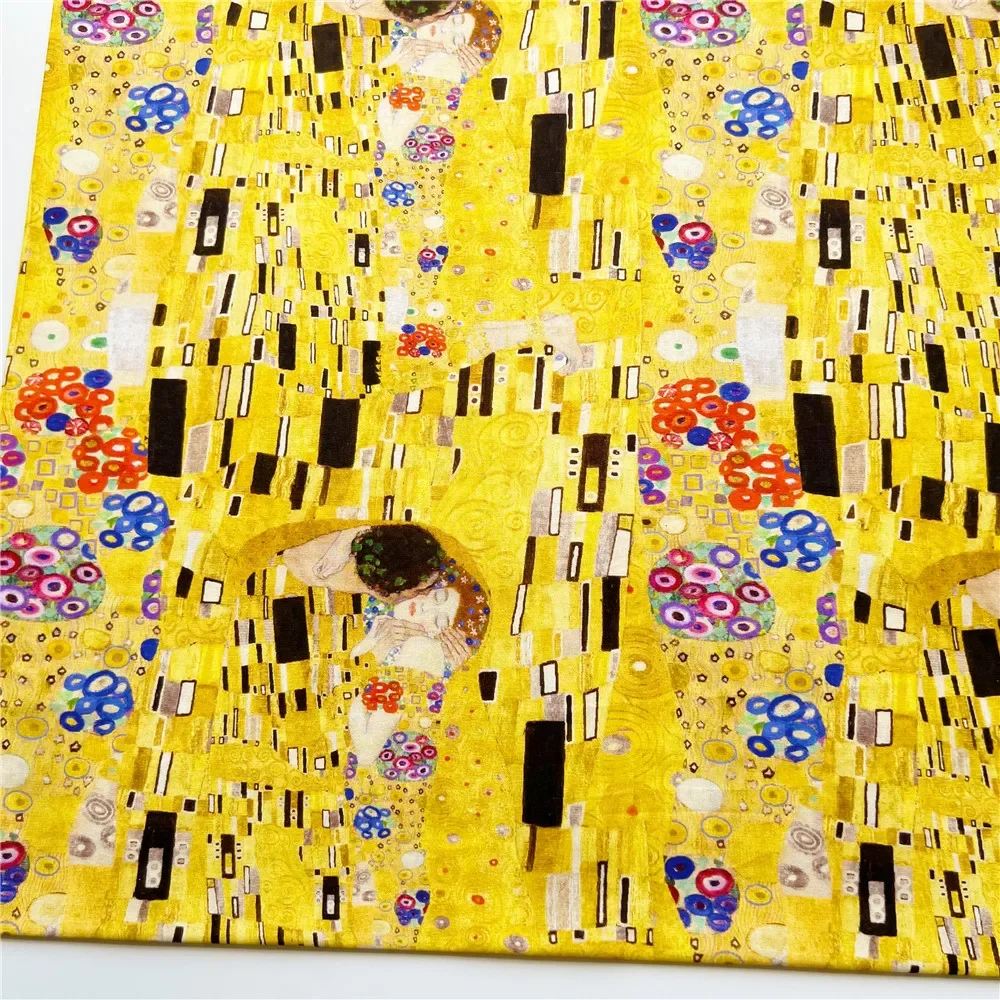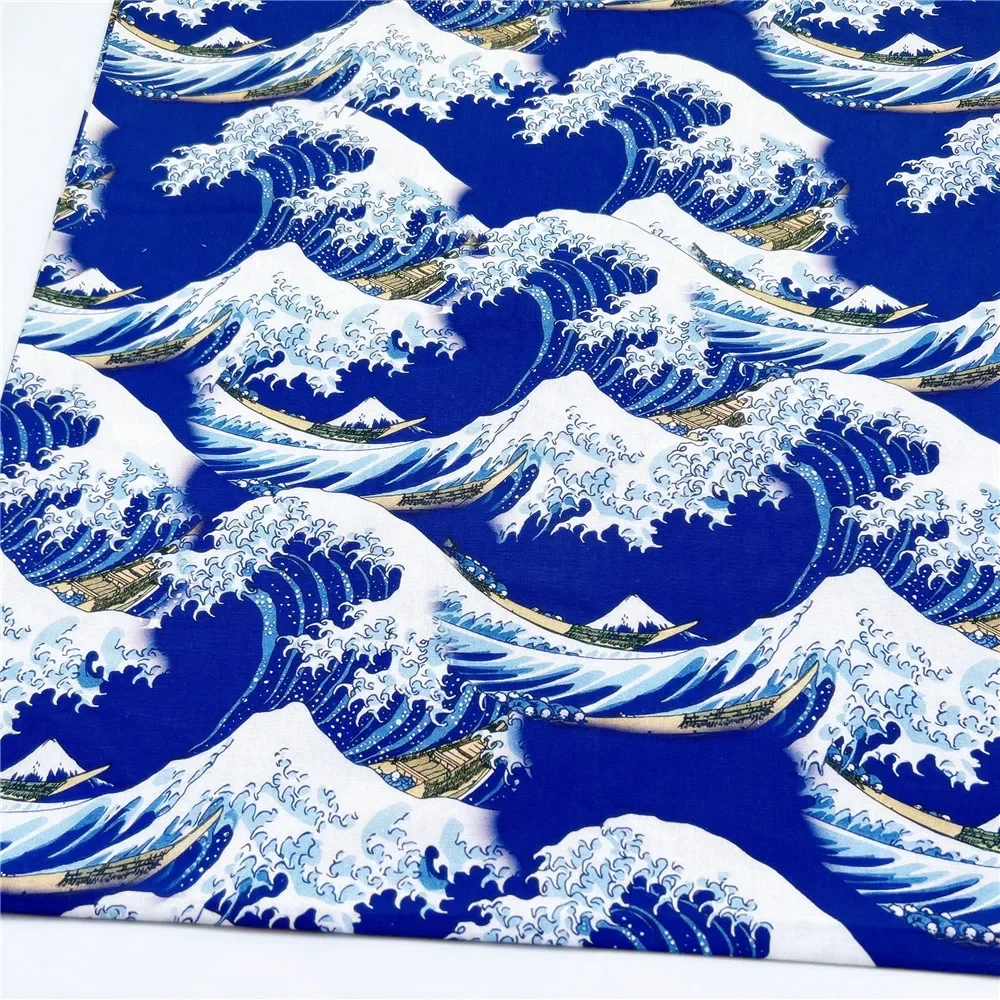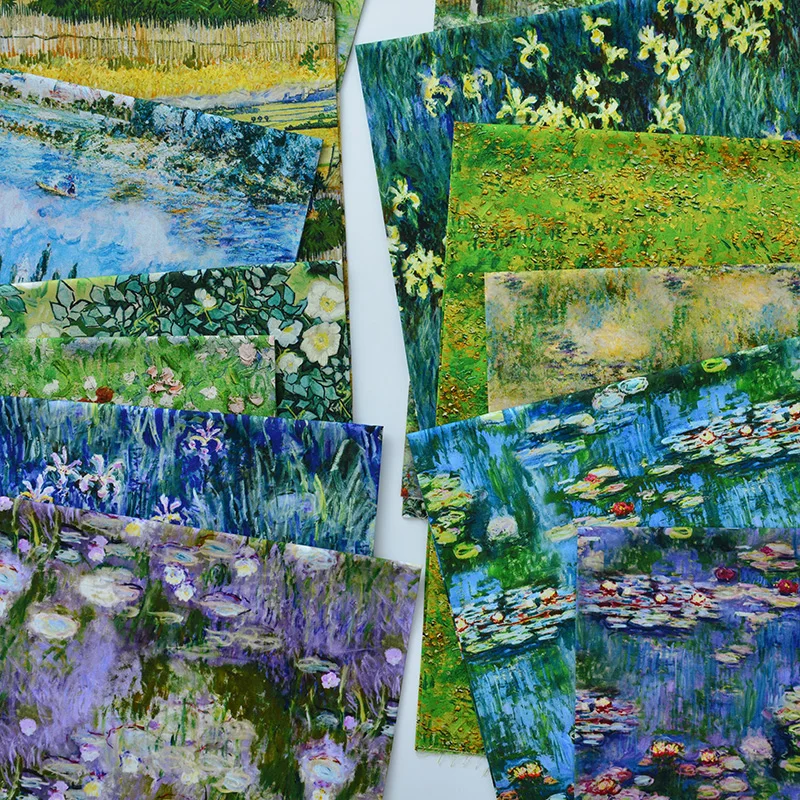Introduction: Unleashing Creativity on Furniture
In the realm of home decor, furniture serves as more than just functional pieces; they are blank canvases awaiting artistic transformation. With the rise of DIY culture and the desire for personalized living spaces, painting techniques on fabric-covered furniture have become a popular way to revamp old items or add unique flair to new ones. In this exploration, we delve into the world of fabric canvas, uncovering creative methods to infuse life into mundane pieces through imaginative painting Fabric techniques.
Understanding Fabric Preparation
Before diving into the artistic process, proper preparation of the fabric surface is paramount. Begin by thoroughly cleaning the furniture to remove any dirt, oils, or residue that might interfere with paint adhesion. Use a mild detergent and allow the piece to dry completely. For fabrics prone to bleeding, pre-treating with a color fixative or a vinegar solution can help set existing colors and minimize bleeding during the painting fabric process.

Choosing the Right Paint for the Job
Selecting the appropriate paint type is crucial for achieving lasting results on fabric. Acrylic paints are a popular choice due to their versatility, quick drying time, and availability in a vast array of colors. Fabric-specific paints formulated for flexibility and washability are also highly recommended, ensuring the painted design won’t crack or peel with use. Chalk paint, known for its matte finish and easy application, can offer a vintage touch to upholstered furniture.
Technique 1: Stenciling for Precision Patterns
Stenciling allows for intricate designs without the need for freehand skills. Choose a stencil design that complements your decor style, secure it onto the fabric with painter’s tape, and apply paint using a dense foam roller or sponge brush for even coverage. Layer stencils for multi-colored or layered patterns, and don’t forget to clean and dry stencils between uses for crisp lines every time.
Technique 2: Ombre Effects for Depth and Drama
Ombre, the gradual blending of one color hue to another, can add depth and visual interest to furniture. Start by diluting acrylic paint with water to create a translucent effect. Apply the lightest shade first, gradually adding more pigment as you work your way down or across the fabric. Blend the colors seamlessly using a damp sea sponge or rag, creating a smooth transition from light to dark.
Technique 3: Distressing for Vintage Charm
Distressing fabric furniture gives it a timeworn, vintage look. After painting the entire piece, allow it to dry completely. Using sandpaper or a sanding block, gently rub away paint along edges, corners, and areas that would naturally experience wear. The revealed underlying fabric adds texture and authenticity to the distressed finish.
Technique 4: Image Transfer for Personalized Art
Personalize your furniture by transferring favorite images or graphics onto the fabric surface. Print or draw the desired image onto transfer paper designed for fabric, then iron it onto the furniture following the manufacturer’s instructions. This technique works exceptionally well for adding quotes, family photos, or unique artwork to cushions or headboards.
Technique 5: Splatter Painting for a Bohemian Touch
For a playful, bohemian vibe, try splatter painting. Dilute acrylic paint with water to achieve the desired consistency, dip an old toothbrush or paintbrush into the mixture, and flick the bristles against a stick or your finger to create random splatters across the fabric. Control the size and intensity of the splatters by adjusting the amount of paint and force used. Layer different colors for added depth.
Sealing and Protecting Your Artwork
Once your masterpiece is complete, protect it with a fabric sealer or a clear, water-resistant topcoat. This step is crucial for maintaining the longevity of the painted design, especially on furniture that will be subject to regular use or washing. Follow the product instructions carefully, ensuring adequate ventilation during application and allowing sufficient drying time before use.

Incorporating Painted Furniture into Interior Design
Transformed furniture pieces can serve as statement items in any room, guiding the color palette and theme. Coordinate painted pieces with complementary accessories or use them to introduce pops of color against neutral backgrounds. Consider the scale and placement of your newly painted furniture to enhance the overall aesthetic harmony of the space.
Maintenance and Longevity: Caring for Your Painted Fabric Furniture
Maintaining the beauty and integrity of your painted fabric furniture requires a bit of care and attention. Here are some guidelines to ensure your creations continue to shine:
Regular Dusting and Cleaning
- Dusting: Regular dusting with a soft cloth or microfiber duster can prevent the buildup of dirt and grime that may dull the painted surface. Avoid abrasive materials that could scratch the paint.
- Spot Cleaning: For minor stains or spills, act promptly using a damp cloth with a mild detergent. Gently blot the affected area without rubbing to avoid damaging the paint or sealer.
Annual Deep Cleaning
- Once or twice a year, perform a deeper clean to refresh your painted furniture. Mix a small amount of gentle soap with warm water and use a soft sponge or cloth to wipe the surface, followed by a thorough rinse with clean water and air drying.
Preventing Sun Damage
- Prolonged exposure to direct sunlight can cause fading and deterioration of both the paint and the fabric underneath. Position your furniture away from windows or use window treatments to filter UV rays.
Handling Wear and Tear
- Over time, high-traffic areas may show signs of wear. Lightly touching up these spots with matching paint can rejuvenate the look. Keep a small amount of leftover paint for such instances.
Revitalizing and Updating
- Trends and tastes evolve. One of the beauties of painted furniture is its adaptability. Should you wish to update the design or color scheme, repainting or adding new elements to your existing artwork is always an option.
Embracing Imperfections
- Remember, part of the charm of hand-painted furniture lies in its uniqueness and potential imperfections. These quirks often add character and tell a story, so embrace them as part of your creative journey.
Inspiring Creativity in Everyday Life
Beyond practical tips for maintenance, the true value of transforming furniture with creative painting fabric techniques lies in its ability to inspire and invigorate daily living spaces. Each piece becomes a reflection of personal creativity, a tangible reminder of the joy and satisfaction derived from making something beautiful with one’s own hands.
Exploring Further: Advanced Techniques and Collaborations
For those bitten by the furniture painting bug, there’s always room to explore more advanced techniques or collaborate with others. Join online communities, attend workshops, or invite friends for a painting party to share ideas, learn new skills, and create together. Collaborative projects can lead to unique, blended styles and deepen connections through shared creativity.

Conclusion: Embracing Creativity in Home Decor
Fabric canvas painting techniques offer endless possibilities for personal expression within home interiors. Whether you opt for the precision of stenciling, the subtlety of ombre, or the boldness of splatter painting, each technique contributes to transforming mundane furniture into conversation starters. By understanding the preparatory steps, selecting the right materials, and experimenting with various creative methods, you can elevate your living spaces with unique, handcrafted pieces that reflect your personality and style. So, grab your brushes, unleash your creativity, and let your furniture tell a story through the art of painted transformation.









